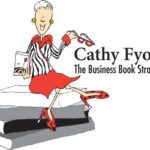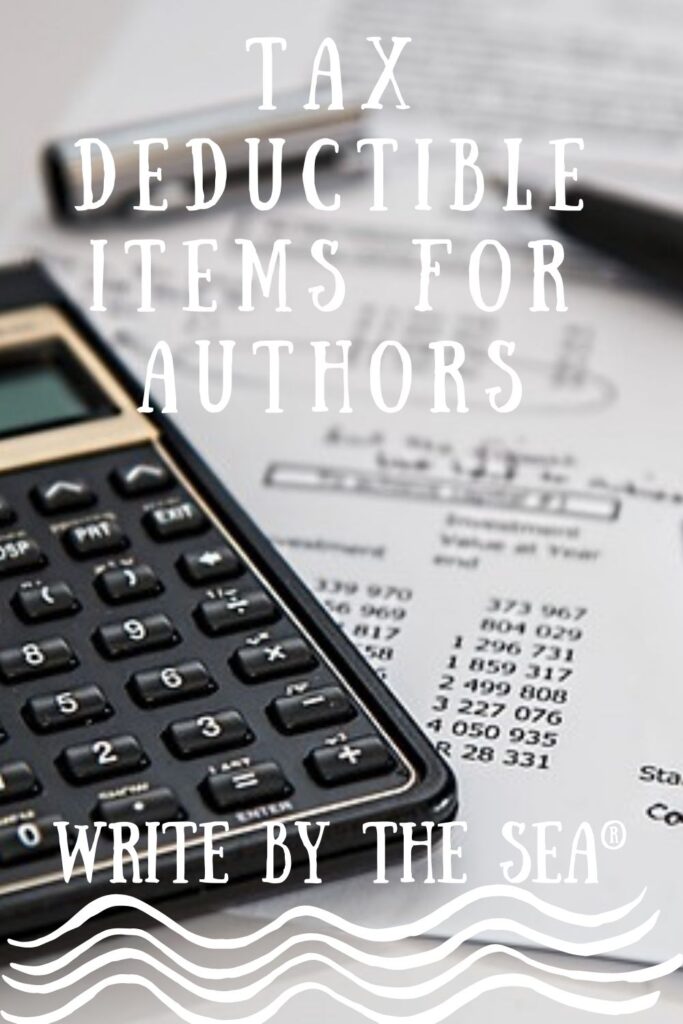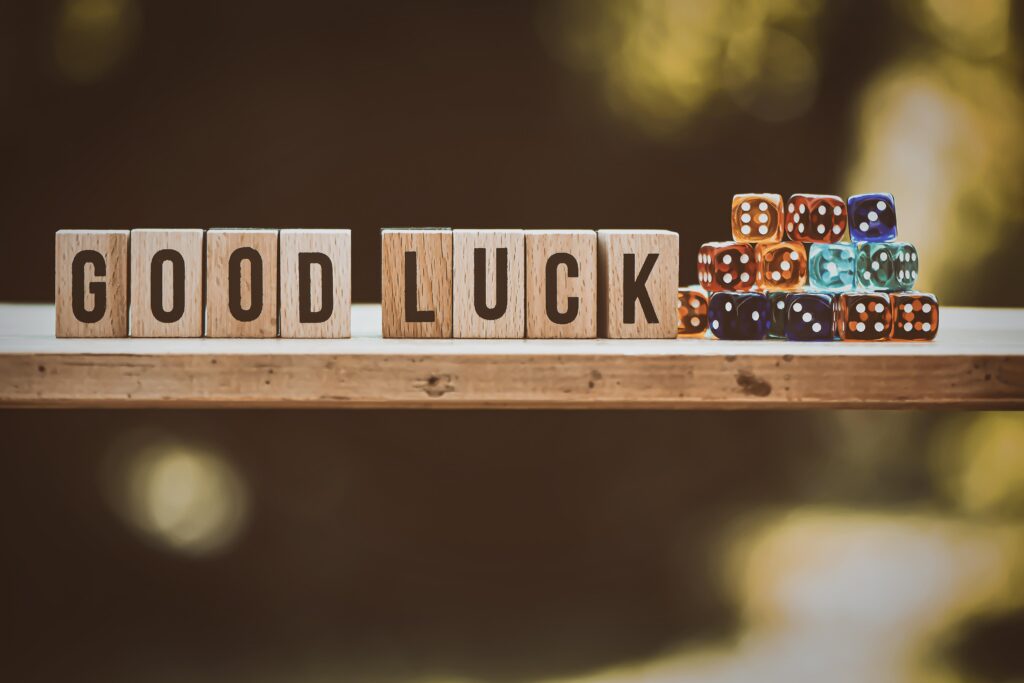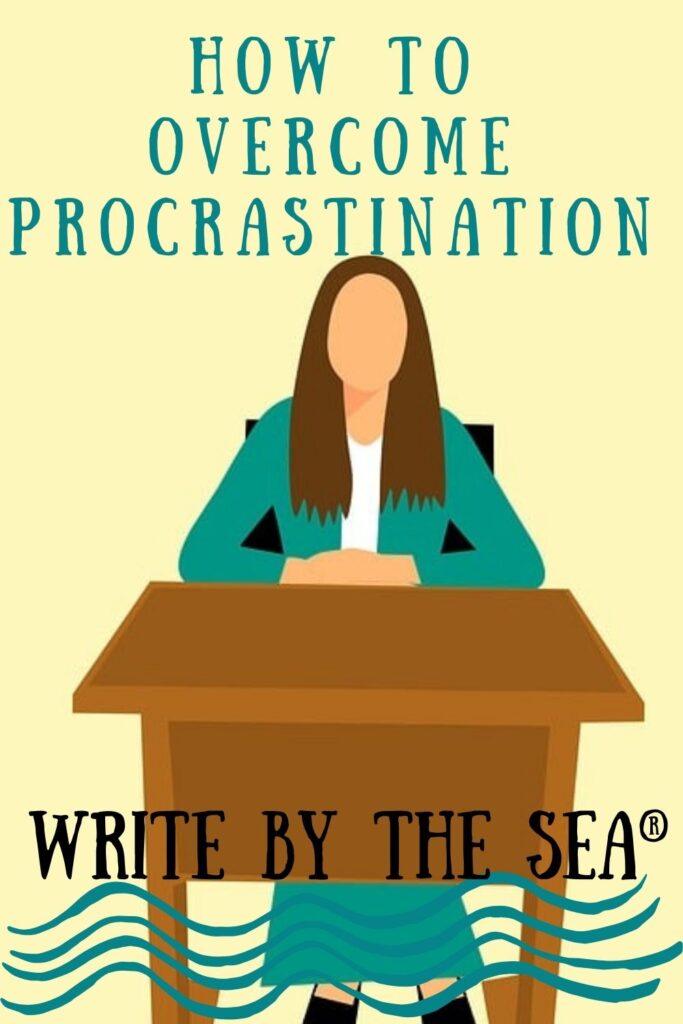Too long; didn’t read, or TL;DR has become shorthand for writing which is overly verbose.
Congruent with Strunk and White’s admonition to “omit needless words” and with Einstein’s statement, “Everything should be made as simple as possible, but no simpler,” TLDR (or “Teal Deer”) has a long history of use on the Internet as shorthand for the need to summarize and abbreviate.
Aspiring authors often ask me how long their book should be, and the simplest answer is, “as long as it needs to be.”
Readers today want accessible, practical books, and often praise the “one-flight” books that can be read and digested in one leg of a business trip.
When asked “what does tl; dr mean?” I often think about a book I bought at the ATD conference where I spoke this past year.
I heard an excellent speaker, Andre Vermeulen, Ph.D., speak about the topic of his book, Tick Tock. This Makes Your Brain Rock.
I paid about $14 for this ultra-slim volume which encompasses about 50 pages and, since it is loaded with photographs and illustrations, probably only contains about 5000 words.
Did I feel shortchanged?
Not in the least!
This book was the perfect summation of Vermeulen’s excellent presentation, and gave me precisely the information I was seeking when I bought the book.
On the other end of the spectrum, I think about an advance copy of a new book I was given at a conference, authored by a well-known speaker.
I was asked to sign on to her advance promotion team, and I excitedly did so.
I lugged the thick volume home, and received a call from her promotion team.
“What do you think of the new book?” the excited promotion team member asked me.
“To be honest, the book is still sitting here on my desk.
I was really excited about receiving it, but it is so big and intimidating I can’t even begin to consider reading it.”
The thought of lugging it on my next trip was equally daunting.
To be honest, I never did read that book, and I probably never will.
The moral of this story: less is more.
As a rule of thumb, 100 – 150 pages, or 35,000 to 52,500 words is a typical length today, although there is no hard and fast rule.
When I attended a recent conference program about book length, I’ve heard speakers talk about books that are now being re-released as two or three much shorter
versions.
Some questions to ask yourself as you consider your book’s length:
° Have I answered the my readers’ questions?
° Have I given my readers enough information to be valuable?
° Have I adequately covered the most important elements of my topic?
Perhaps the most important question is this one: Have I left my reader wanting more?
About Cathy Fyock
Cathy Fyock is Your Possibility Partner, and coaches professionals who want to write a book, helping them get it DONE! She is the author of five books on human resources issues which were instrumental in building her successful HR consulting practice.
Find out how Cathy can help you build your business with a book at www.cathyfyock.com.
Don’t forget to join our mailing list.
Just fill in your name and email address, below:









I can only repeat what the others said. You gave a lot of information in a small article and gave us a lot to think about. You did just what you were communicating to us. Thank you for the information.
Food for thought, Cathy. I took my first book to a conference where an editor critiqued it and said it was too much for one book. She suggested I turn it into two books. I took her advice, but got three instead of two.
Cathy, I’m unlikely to write one of these kinds of books (I write picture books and puzzle books), but I thought you made excellent points, and what you said made perfect sense to me. Thanks for sharing.